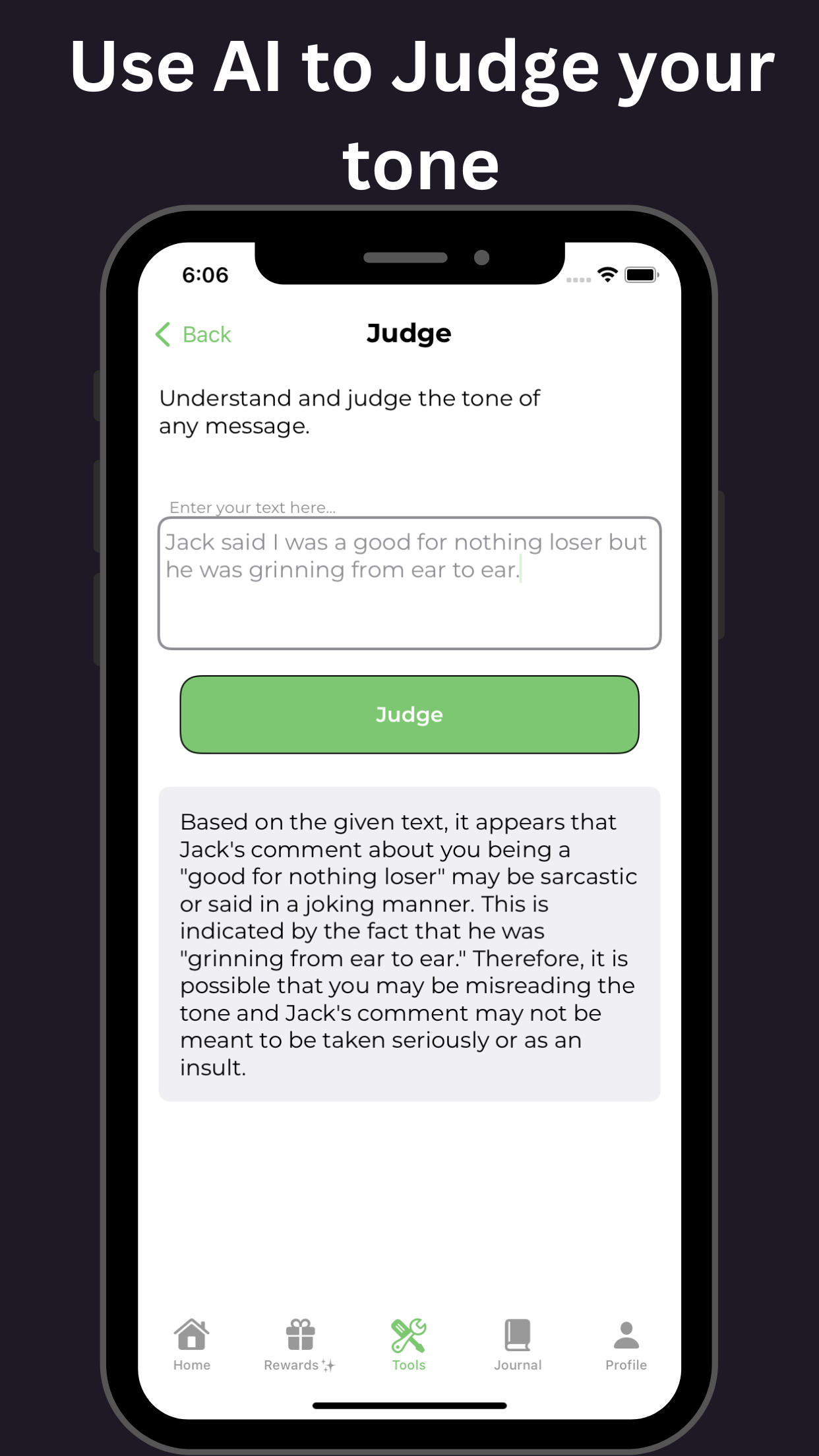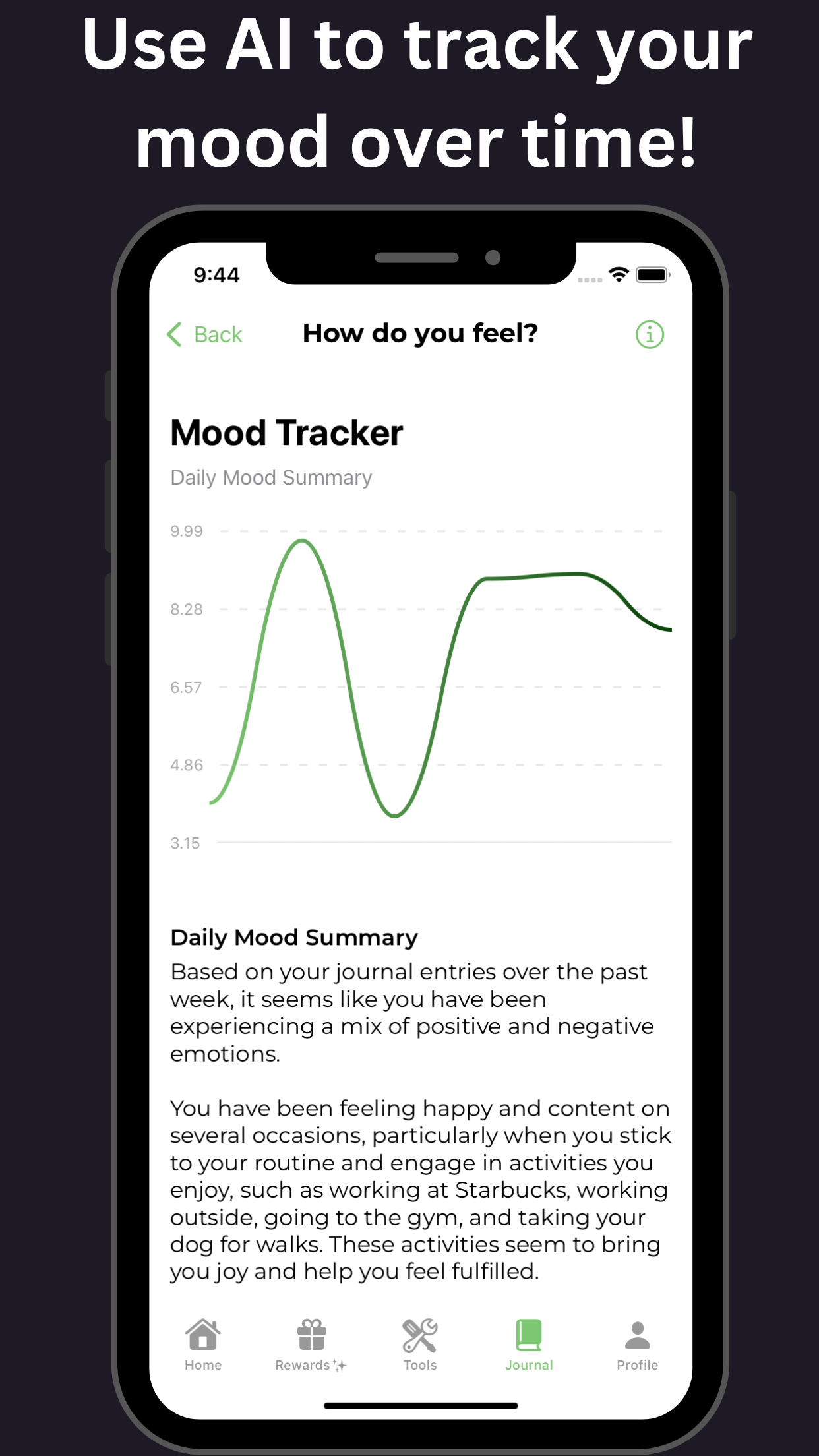Understanding the ADHD Spectrum Chart: A Comprehensive Guide
Key Takeaways
| Category | Description |
|---|---|
| Predominantly Inattentive Type | Difficulty sustaining focus, following instructions, and completing tasks |
| Predominantly Hyperactive-Impulsive Type | Fidgeting, restlessness, interrupting others, and blurting out answers |
| Combined Type | Combination of symptoms from both inattentive and hyperactive-impulsive types |
| ADHD-PI (Primarily Inattentive) | Difficulty sustaining focus, following instructions, and completing tasks |
| ADHD-HI (Primarily Hyperactive-Impulsive) | Fidgeting, restlessness, interrupting others, and blurting out answers |
| ADHD-C (Combined) | Combination of symptoms from both inattentive and hyperactive-impulsive types |
| Other Specified ADHD | Symptoms do not meet full criteria for ADHD but cause significant impairment |
| Unspecified ADHD | Symptoms characteristic of ADHD, but does not meet full criteria |
Understanding the ADHD Spectrum: A Brief Overview
Here is a summary for a blog article about Understanding the ADHD Spectrum: A Brief Overview, optimized for the long-tail keyword “ADHD spectrum chart”:
“Understanding the nuances of the ADHD spectrum can be a complex task, but with the aid of an ADHD spectrum chart, individuals can better comprehend their symptoms and identify their place on the spectrum. The ADHD spectrum chart typically ranges from mild to severe, with symptoms categorized into three subtypes: predominantly inattentive, predominantly hyperactive-impulsive, and combined. By recognizing where they fall on the ADHD spectrum chart, individuals can tailor their treatment plans and coping strategies to suit their unique needs, leading to improved management and self-awareness.”

The DSM-5-TR Categorization of ADHD: Mild, Moderate, or Severe
Here is a summary about the topic:
“The DSM-5-TR categorization of ADHD provides a framework for understanding the severity of attention deficit hyperactivity disorder, with mild, moderate, and severe classifications. According to the Diagnostic and Statistical Manual of Mental Disorders, Fifth Edition, Text Revision (DSM-5-TR), a comprehensive ADHD spectrum chart can help healthcare professionals accurately diagnose and treatment plan for individuals with ADHD. The severity levels are determined by the number of symptoms present, with mild ADHD indicating 5-6 symptoms, moderate ADHD indicating 7-8 symptoms, and severe ADHD indicating 9 or more symptoms in either the inattention or hyperactivity-impulsivity categories. Understanding the ADHD spectrum chart and severity levels is crucial for developing effective treatment strategies and improving patient outcomes for individuals with ADHD.”
The Three Main Types of ADHD: Inattentive, Hyperactive-Impulsive, or Combination
Unraveling the Complexity ...
The Role of Brain Scans in Understanding the ADHD Brain
Unraveling the Mysteries of ADHD: How Brain Scans Reveal the Complexities of the ADHD Brain and Inform the Creation of an Accurate ADHD Spectrum Chart.
Brain scans have revolutionized our understanding of Attention Deficit Hyperactivity Disorder (ADHD), offering a glimpse into the intricate ...
The Importance of Considering the Severity of Symptoms in Diagnosis
When it comes to accurately diagnosing Attention Deficit Hyperactivity Disorder (ADHD), understanding the severity of symptoms is crucial. The ADHD spectrum chart is a valuable tool in this process, as it helps clinicians assess the intensity and impact of symptoms on daily life. By considering the severity of symptoms, healthcare professionals can determine the appropriate placement on the ADHD spectrum chart, ensuring a precise diagnosis and effective treatment plan. This approach is essential, as it ensures that individuals receive tailored support and interventions to manage their symptoms and improve their quality of life. In this article, we’ll delve into the importance of considering the severity of symptoms in diagnosis and explore how the ADHD spectrum chart can be a game-changer in identifying and managing ADHD.
How the ADHD Spectrum Test Works: A Review of IDRlabs and Other Assessments
Exploring the ADHD Spectrum Chart: Unpacking IDRlabs and Other Assessments for Accurate DiagnosisThe ADHD spectrum chart is a crucial tool in understanding and diagnosing Attention Deficit Hyperactivity Disorder (ADHD). To provide an accurate assessment, various tests and assessments are utilized, with IDRlabs being a prominent one. Here’s how ...
Understanding the CDC’s DSM-5 Criteria for ADHD Diagnosis
Here is a summary about the topic “Understanding the CDC’s DSM-5 Criteria for ADHD Diagnosis” with a focus on the long-tail keyword “ADHD spectrum chart”:
“Accurately diagnosing Attention Deficit Hyperactivity Disorder (ADHD) is crucial for effective treatment and management. The Centers for Disease Control and ...
The Role of the ADHD Rating Scale in Diagnosis and Treatment
Here is a summary about the role of the ADHD rating scale in diagnosis and treatment, optimized for the long-tail keyword “ADHD spectrum chart”:
“The ADHD rating scale plays a crucial role in the diagnosis and treatment of Attention Deficit Hyperactivity Disorder (ADHD). As a vital tool in understanding the complexities of ADHD, the rating scale helps healthcare professionals accurately identify symptoms and determine an individual’s place on the ADHD spectrum chart. By assessing the severity of symptoms, the rating scale enables clinicians to develop personalized treatment ...
What to Expect from an ADHD Diagnosis: Types, Severity, and Treatment Options
Understanding the complexities of ADHD: Navigating the ADHD Spectrum Chart for Accurate Diagnosis and Effective Treatment. Receiving an ADHD diagnosis can be overwhelming, but knowing what to expect is crucial. The ADHD spectrum chart helps identify the three main types of ADHD: Predominantly Inattentive Type, Predominantly Hyperactive-Impulsive Type, and Combined Type. The severity of symptoms varies from mild to severe, affecting daily life. Fortunately, various treatment options are available, including medication, behavioral therapy, and lifestyle changes. By understanding the intricacies of the ADHD spectrum chart, individuals can better navigate their diagnosis and develop a personalized treatment plan for improved management and well-being.
Conclusion: Navigating the Complexities of the ADHD Spectrum Chart
In conclusion, navigating the complexities of the ADHD spectrum chart requires a comprehensive understanding of its various nuances. By recognizing the distinctive characteristics and manifestations of ADHD, individuals can better identify their place on the ADHD spectrum chart, facilitating more informed treatment plans and improved management strategies. Embracing the ADHD spectrum chart as a vital tool for self-discovery and awareness, individuals can break down the stigma surrounding ADHD and unlock their full potential. For a more accurate diagnosis and effective treatment, it is essential to consult with a qualified healthcare professional to map your unique position on the ADHD spectrum chart.
Important Sources
| ADHD spectrum: Types, severity, diagnosis, and treatment | ADHD symptoms can vary and depend on the number and level of symptoms present in an individual. Doctors will consider this variation when diagnosing someone with ADHD and the type ... |
| ADHD Spectrum Test - IDRlabs | The ADHD Spectrum Test is based on a famous and well-regarded inventory for the assessment of the clinical concept of ADHD spectrum and other psychotic disorders. However, free online tests ... |
| ADHD Spectrum: The Intricacies of the ADHD Brain - ADDitude | At a cellular level, neurons transmit messages and make connections between and within different brain regions — the frontal lobe, the temporal lobe, the parietal lobe, and the occipital ... |
| Is there an ADHD spectrum? - Understood | This is a great question, and the short answer is “yes.”. ADHD symptoms exist on a spectrum or a continuum. But the longer answer is a little bit more complicated. There are two ... |
| Symptoms and Diagnosis of ADHD | CDC | DSM-5 Criteria for ADHD. People with ADHD show a persistent pattern of inattention and/or hyperactivity–impulsivity that interferes with functioning or development:. Inattention: Six or ... |
| Attention-deficit/hyperactivity disorder (ADHD) in children - Mayo Clinic | ADHD criteria from the Diagnostic and Statistical Manual of Mental Disorders DSM-5, ... Autism spectrum disorder; Medical problems or medications that affect thinking or behavior; Sleep ... |
| What Is On The ADHD Spectrum Test? | BetterHelp | The Adult ADHD Self-Report Scale (ASRS) The World Health Organization’s Adult ADHD Self-Report Scale (ASRS) was primarily designed as a short screening scale for use in the general ... |
| Adult ADHD: Assessment and Diagnosis | AAFP | ADHD Screeners: (see ADHD Screeners and Quality of Life Assessments) ADHD Rating Scale IV (ADHD-RS-IV) With Adult Prompts. Adult ADHD Clinical Diagnostic Scale (ACDS) v1.2. Adult ADHD ... |
| ADHD: Current Concepts and Treatments in Children and Adolescents | ADHD increases the risk of substance misuse disorders 1.5-fold (2.4-fold for smoking) and problematic media use 9.3-fold in adolescence 55 56 and increases the risk of becoming obese ... |
| ADHD Rating Scale: What It Is and How to Understand It - Healthline | Rating scales will ask you to score behaviors, typically on a point scale of 0-3 or 4. Usually, 0 means never, and 3 or 4 means very often and the higher the score, the more severe the ... |









